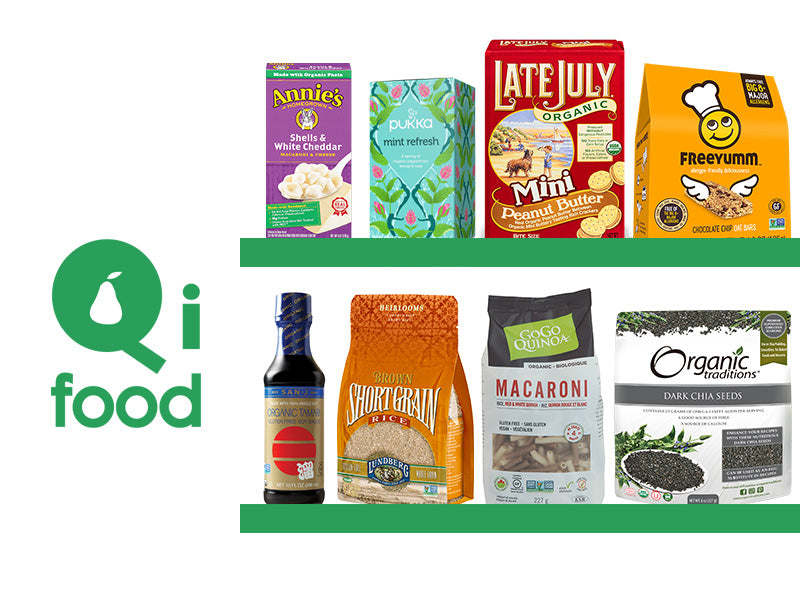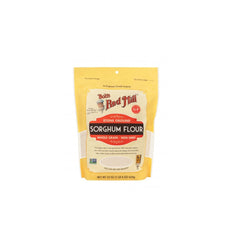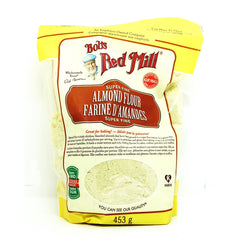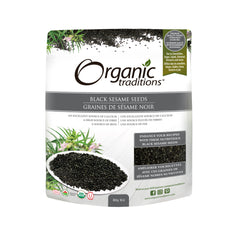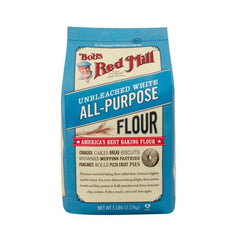Sprouted Whole Grain Spelt Flour Organic
Product Code: 623636993302
Availability:In stock
Healthy Benefits
Because sprouting changes the dormant seed into a living food, its "living" nutritional qualities are now bio-available to us when we eat the sprouted grain or the flour it is ground into. Starches are broken down into simple sugars, which the body easily digests.
The digestion of sprouted grain is compared to the digestion of vegetables, the easiest and most gentle food for our bodies to digest and assimilate.
Vitamin C is produced through sprouting. Vitamins increase, especially B2, B5 and B6, as well as vitamins E, vitamin K, riboflavin and niacin. Beta-Carotene, the vitamin A precursor, increases dramatically. Phytic acid is neutralized; therefore easier absorption of calcium, magnesium, iron, copper and zinc is possible.
Enzyme inhibitors present in grain, or "seeds", are neutralized…In fact, sprouted grain contains many active enzymes that aid in digestion. The breaking down of complex sugars during sprouting means less bloating and intestinal discomfort. Protein content increases.
Why its so great!
Sprouted flour is milled from grain that has been sprouted. Grains are seeds. So, sprouting means that the grain has been changed from a seed into a living plant. This happens by allowing the grain to soak in water long enough to wake it from its sleepy dormancy…and the process of germination is set in motion.
The grain is strained and then rinsed off and on over the next 2-3 days as it sprouts (or long enough for the germ to poke out through the bran covering, appearing as a tiny extension at the end of the kernel). After this point, the sprouted grain is put on dehydrator racks and set to dry at a very low temperature, around 104 degrees F, before it is stone milled below 104 degrees. It is important to keep temperatures in this range as not to destroy enzymes and nutrients.
When a grain changes from a seed into a living plant, everything changes: its nutritional qualities as well as our body's ability to digest it and absorb nutrients. The stored up nutrients held in the seed burst forth to feed and give life to the sprout.
For us, this means that the wealth of nutrients now inherent in this living sprout are readily bio-available to us when we eat it. Imagine the job of a seed. It must keep and protect all of its nutrients, vitamins and minerals as well as genetic information until the conditions on the outside are just right for germination to happen. Because a seed's job is to keep its stored nutrition dormant, when we eat un-sprouted grain, we are unable to access the full nutrient potential. This is because of the anti-nutrients present in the un-sprouted grain, such as phytic acid and enzyme inhibitors.
Phytic acid can bind to minerals like calcium, magnesium, iron and zinc and send them on their way through the gut, inhibiting the body's ability to absorb them. The enzyme inhibitors present in the grain can neutralize our own enzymes as well, and this presents quite a challenge for our digestive systems. Sensitivities, intolerances and allergies are what can result.
It hasn't always been this way. Before modern farming techniques, grain would set in the fields for a time and begin to germinate until farmers would collect and store it. In a sense, we are trying to achieve this "accidental" premilling germination of grain, except, of course, using modern technology in a controlled environment with food-safe methods…and with optimal nutrition and digestibility as our guides.
An Idea for Preparation
Use our sprouted flour as you would in any normal recipe. Anita's Organic stone-ground sprouted wheat flour makes an excellent addition to breads, cookies or pancakes.





